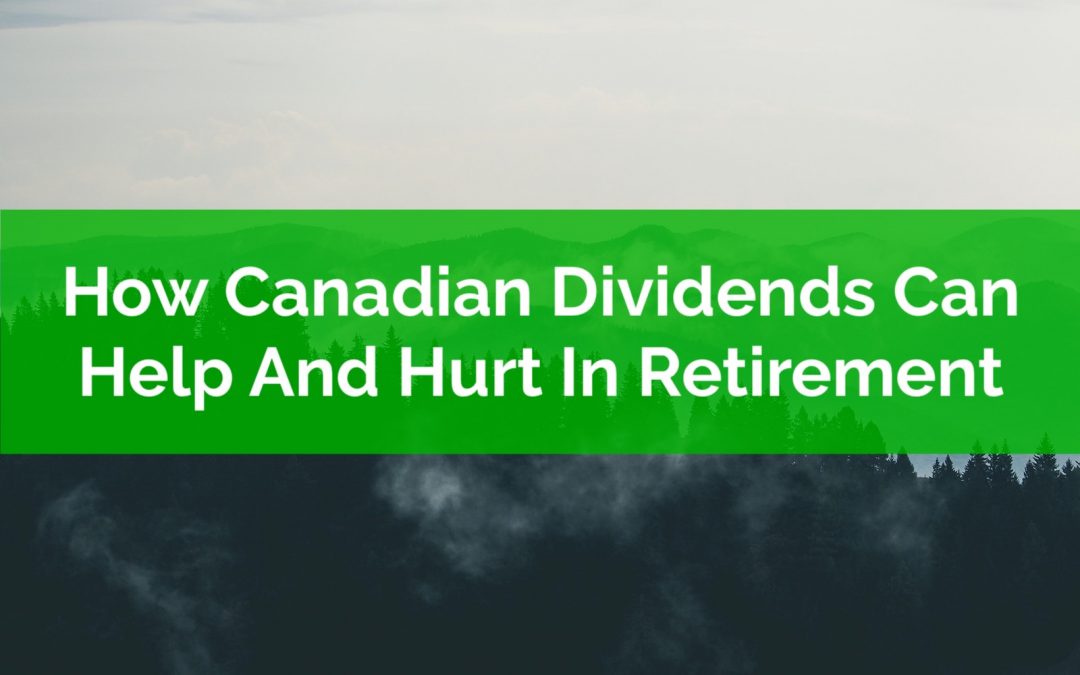
by Owen | Dec 5, 2022 | Financial Planning, Government Programs, Income, Investment Planning, Retirement Planning, Tax Planning
In the last post we highlighted how Canadian dividends receive special tax treatment which can lead to very low and even negative tax rates at some income levels. But before you go and shift your portfolio towards Canadian dividends it’s important to understand how Canadian dividends can either help or hurt your situation, especially in retirement.
Canadian dividends are taxed in a particular way which can lead to some unintended consequences, especially when government benefits are involved. While Canadian dividends can lead to lower tax rates, they can also lead to higher benefit clawbacks on GIS and OAS benefits.
If you can avoid these pitfalls then Canadian dividends, when used strategically, can allow you to withdraw from an RRSP and pay no additional tax.
In this blog post we’re going to look at three examples of how Canadian eligible dividends can both help and hurt in retirement.
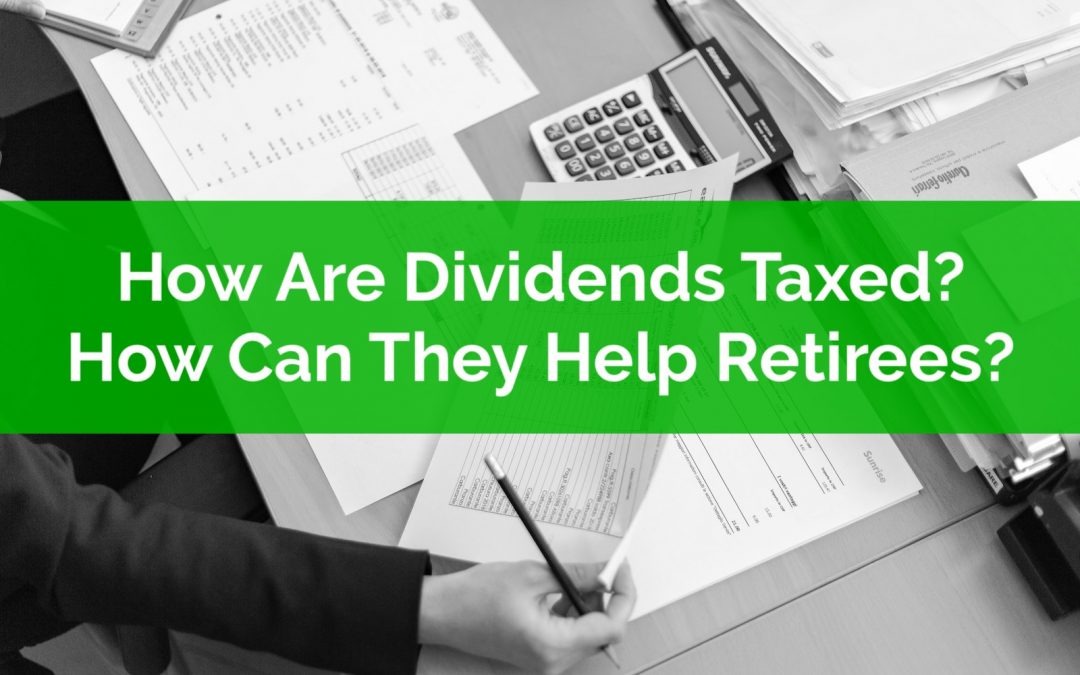
by Owen | Nov 28, 2022 | Investment Planning, Retirement Planning, Tax Planning
Dividends from Canadian corporations receive some special tax treatment that can make them an attractive investment in non-registered accounts. This special treatment means that they can help lower your average tax rate, especially in retirement.
But this special tax treatment makes it a bit confusing to understand how dividends are taxed. To calculate tax on Canadian dividends there are things like “gross ups” and dividend tax credits to consider.
Despite the extra confusion caused by this special tax treatment it can be very attractive to invest in Canadian companies. For most people there is a significant tax advantage when receiving Canadian dividends. For example, in Ontario, a retiree in the lowest tax bracket will experience a negative tax rate on eligible dividends!
The way these eligible dividends are taxed can help offset other income from CPP, OAS, pensions and RRSP withdrawals. With a bit of tax planning this advantage could add thousands in after-tax income for a retiree.
In this post we’ll look at how dividends are taxed, the difference between eligible and non-eligible dividends, and we’ll look at an example of how eligible dividends can help lower taxes in retirement (all the way to zero!).
Lastly, we’ll also look at how the dividend gross up can also trigger OAS clawbacks for high income retirees. A surprising negative of the way dividends are taxed (although it’s still an attractive form of income).
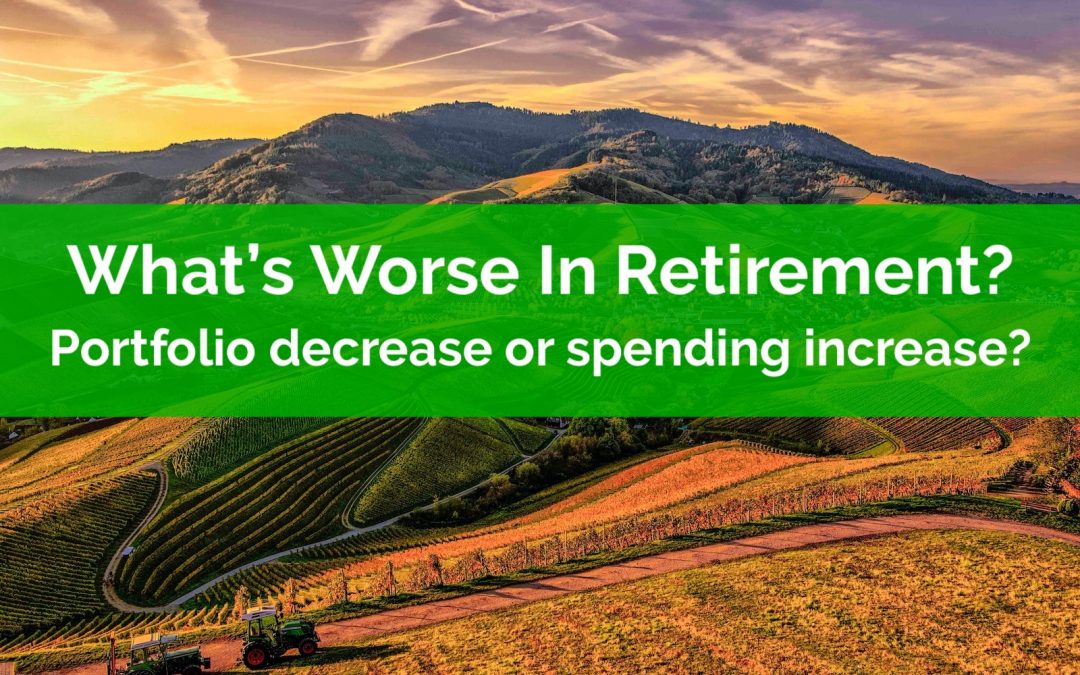
by Owen | Nov 21, 2022 | Behavioral Finance, Budgeting, Financial Planning, Investment Planning, Retirement Planning
A large decrease in portfolio value is a common concern when entering retirement. After all, seeing a large chunk of your retirement portfolio evaporate over just a few months can be quite disconcerting.
But… a large spending increase should be much more concerning in retirement.
If you had to guess, between a 20% drop in portfolio value and a 20% increase in spending, what is worse for a retirement plan?
It feels like a large stock market correction of 20%+ is the worst thing that can happen in retirement. After all, for an average retirement portfolio, a 10-20% drop could equate to a portfolio decline of $50,000 to $200,000+. That’s a large amount of money!
But a permanent increase in retirement spending should be much, much more concerning.
An increase in retirement spending of 10-20% is significantly worse than a 10-20% portfolio decline. Let’s see why…
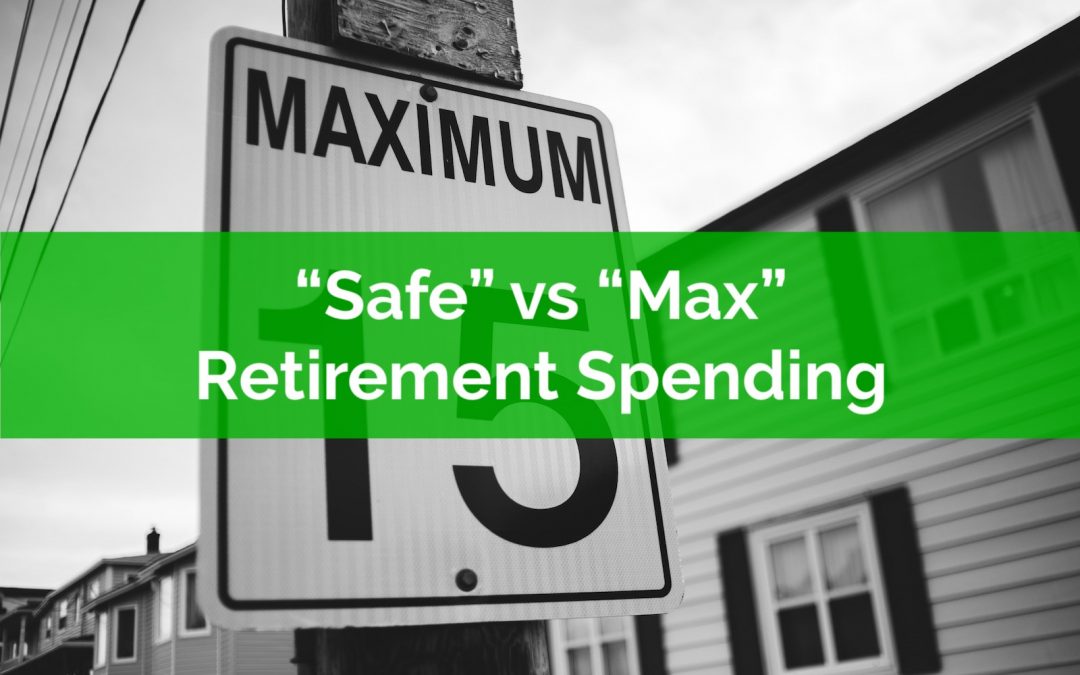
by Owen | Nov 7, 2022 | Financial Planning, Government Programs, Income, Investment Planning, Retirement Planning
If you’re thinking about retirement, then one big question you probably have is how much you can spend in retirement without running out of money in the future.
You probably want to know how much retirement spending your investment portfolio, CPP, OAS and other retirement income can safely support.
In this blog post we’re going to take a closer look at two important levels of retirement spending, your “safe” level of retirement spending and your “max” level of retirement spending.
These are two very important spending levels that every retirement plan should highlight. Your “safe” and “max” level retirement spending represent both lower and upper guardrails for your retirement plan.
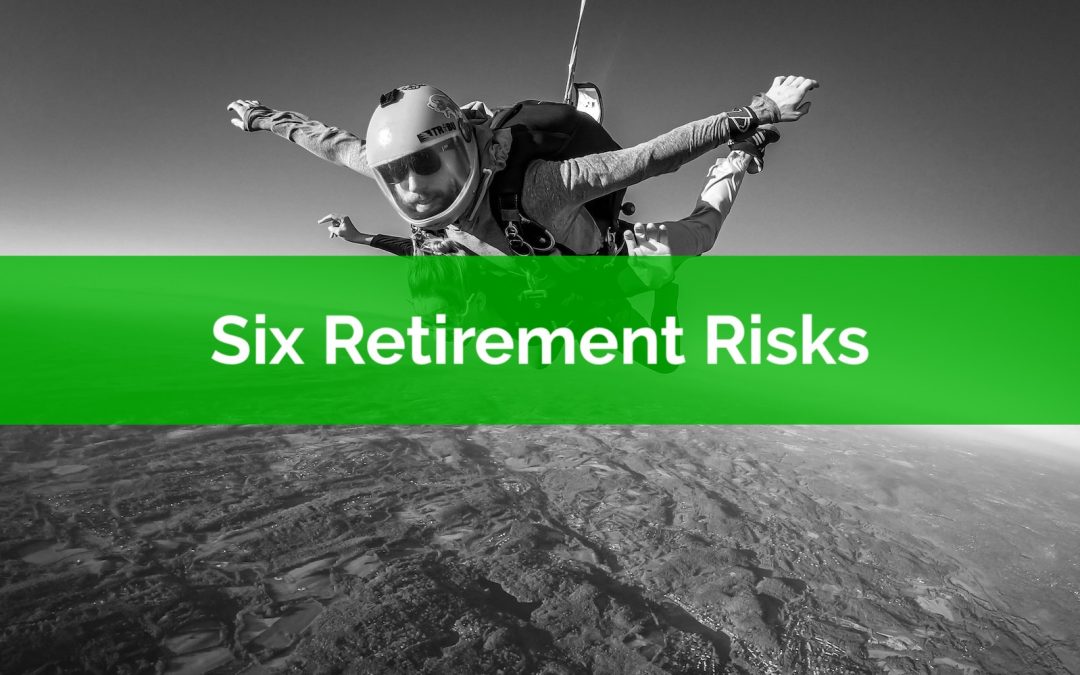
by Owen | Oct 17, 2022 | Behavioral Finance, Budgeting, Emergency Fund, Financial Planning, Income, Insurance And Risk Management, Investment Planning, Retirement Planning
Preparing for retirement can be exciting but also a bit stressful. Retirement is full of opportunity but also full of risk, and there are six key retirement risks to plan for.
Planning ahead to avoid or reduce these risks will make retirement more enjoyable. It will make a retirement plan more robust, more stable, and more secure.
These risks are very common in retirement, but everyone experiences these risks differently depending on their situation and goals. Depending on your situation, these risks may already be reduced, but if not, then you may need to take extra steps to reduce these risks in retirement.
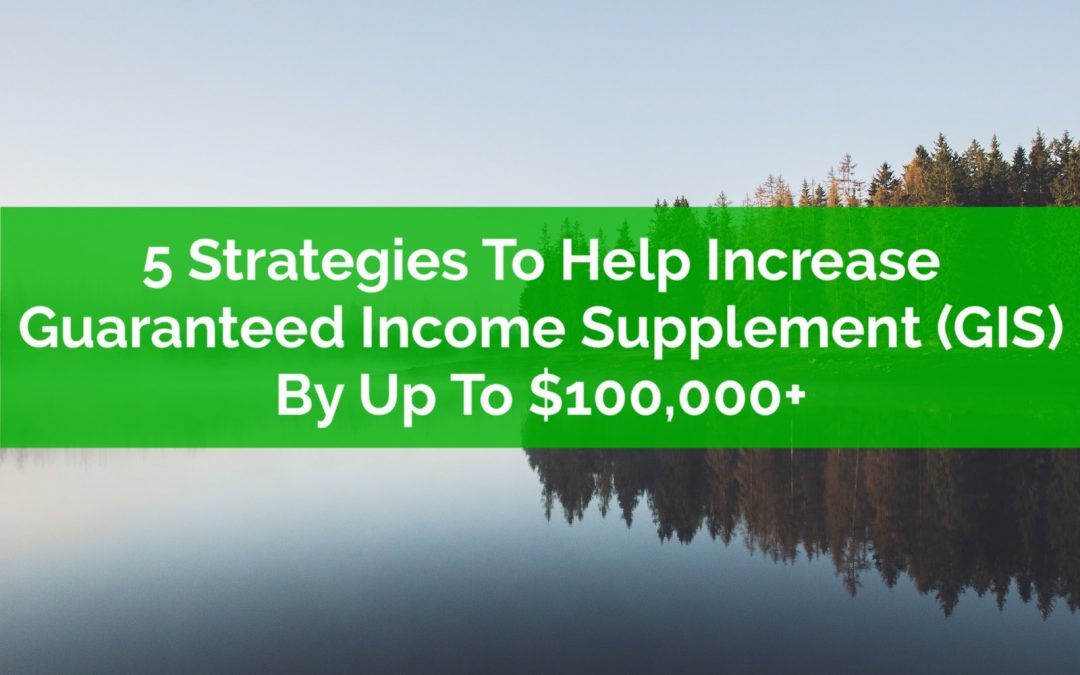
by Owen | Oct 11, 2022 | Financial Planning, Government Programs, Income, Investment Planning, Retirement Planning, Tax Planning
GIS (Guaranteed Income Supplement) is thought of as a government benefit that is exclusively for very low-income retirees, but the truth is that almost 1 in 3 retirees receive GIS benefits. This is a benefit that is widely available to retirees who are both low- and moderate-income.
GIS is a generous benefit. At a maximum it will provide over $10,000 per year per household. But this is quickly reduced by GIS clawbacks of 50% to 75%. For every dollar of taxable net income (line 23600 on your tax return), GIS is reduced by 50% to 75%.
For example, if you take $1,000 from an RRSP/RRIF then this would reduce next years GIS benefit by $500 to $750!
The challenge with the Guaranteed Income Supplement is that retirement planning with GIS benefits is very counter intuitive. Strategies that help reduce GIS clawbacks are often the opposite of strategies that help reduce income tax for higher income retirees. This can sometimes result in low- and moderate-income retirees getting advice that is not suited to their situation.
If not corrected in time, this bad advice can decrease future GIS benefits by $10,000’s or more.
For example, a client we worked with recently was advised to put $150/month into their RRSP despite being on disability benefits. This advice would have caused extra GIS clawbacks of at least $4,500 in retirement. From $9,000 in RRSP contributions, only half would end up in their pocket after considering GIS clawbacks.
Thankfully there are a handful of strategies to help reduce the GIS clawbacks… but these strategies require foresight. It’s best to create this type of plan in your 50’s, well before GIS benefits begin. The second-best time is in your early 60’s, right before GIS benefits begin. And the third-best time is between 65 and 70, when GIS benefits have begun but there is still time to make changes and maximize benefits. After age 72 there is less that can be done to reduce GIS clawbacks so planning ahead will pay off.
This type of planning can easily add $10,000’s in GIS benefits over the course of a plan and help make retirement significantly easier.
One of the reasons I love these GIS strategies is because they are specifically designed for low- and moderate-income households. We often hear about high-net-worth families employing teams of lawyers, accountants, and wealth managers to help them maximize their personal wealth. These strategies help low- and moderate-income households maximize their retirement income and could quickly backfire if used by anyone else.
Page 4 of 19«...23456...»






